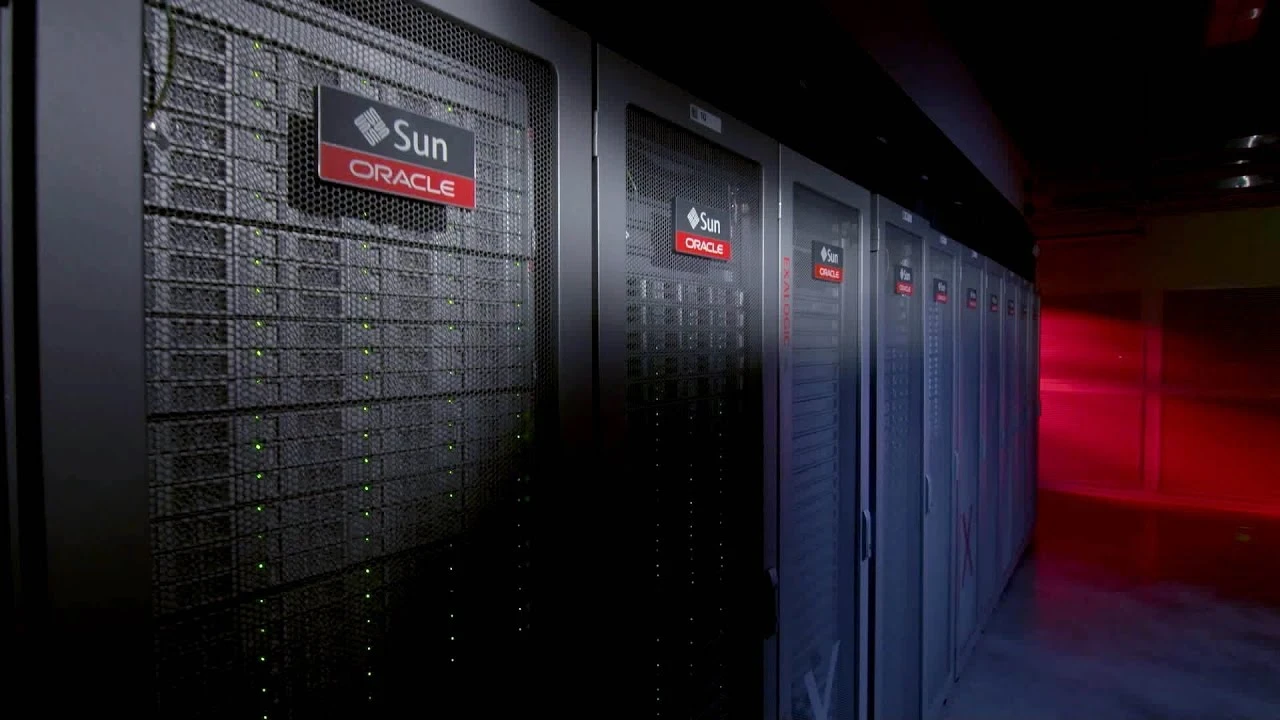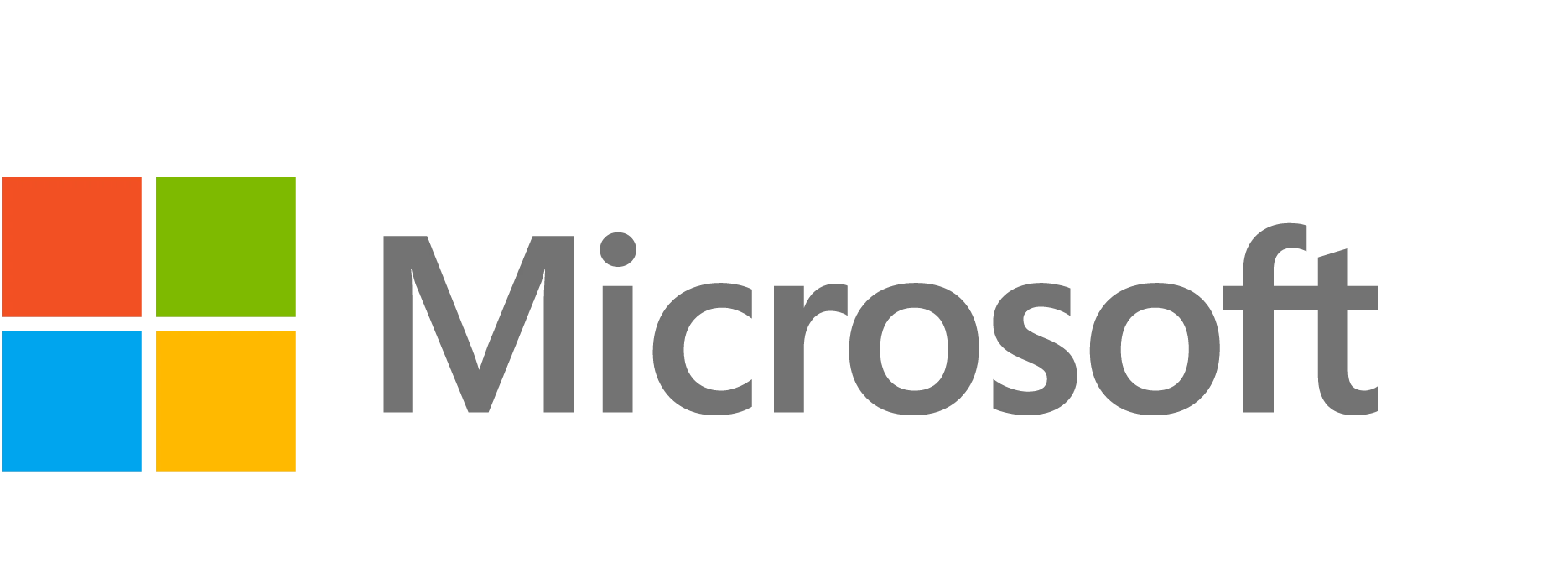This course is designed to give the right amount of Internals knowledge, and wealth of practical tuning and optimization techniques, that you can put into production. The course offers a comprehensive coverage of SQL Server architecture, indexing and statistics strategies, optimize transaction log operations, tempdb and data file configuration, transactions and isolation levels, and locking and blocking. The course also teaches how to create baselines and benchmark SQL Server performance, how to analyze workload and figure out where performance problems are, and how to fix them. Coverage of in-memory tables and stored procedures along with an introduction to this exciting new technology is included.
Objectives
Understand and utilize the new cardinality estimator.
Understand and utilize memory-optimized tables.
Understand performance.
Understand and utilize startup stored procedures.
Understand database structures.
Understand and utilize Instant File Initialization.
Understand how SQL stored data.
Understand how SQL locates data.
Understand temporary table internals.
Understand and utilize the new cardinality estimator.
Understand and utilize memory-optimized tables.
Understand performance.
Understand and utilize startup stored procedures.
Understand database structures.
Understand and utilize Instant File Initialization.
Understand how SQL stored data.
Understand how SQL locates data.
Understand temporary table internals.
Understand and utilize table valued parameters.
Understand concurrency.
Understand and utilize transactions.
Understand isolation levels.
Understand and utilize SQL Server locking architecture.
Understand SQL and Storage Area Networks (SAN).
Understand and utilize SQL on virtual machines.
Understand SQLIO Utility and its uses.
Understand and utilize partitioned tables and indexes.
Understand and utilize the Resource Governor.
Understand and utilize Activity Monitor.
Understand Live Query Statistics.
Understand how to monitor SQL using Transact-SQL.
Understand and utilize performance DMVs.
Understand indexes and their importance.
Understand index types.
Create and alter indexes.
Understand and utilize index metadata.
Understand and utilize Database Tuning Advisor.
Understand and utilize Index Data Management Objects.
Understand fragmentation of indexes and utilize page splits.
Understand index storage strategies.
Understand and utilize indexed views.
Understand monitoring indexes.
Understand index best practices.
Understand and utilize statistics objects.
Understand and utilize histogram.
Understand and utilize new vs old cardinality estimator.
Understand and utilize incremental statistics.
Understand and utilize computed columns.
Understand and utilize filtered statistics.
Understand and utilize ascending keys.
Understand and utilize statistics maintenance plan.
Understand architecture.
Understand and utilize tables and indexes.
Understand and utilize the hash index.
Understand and utilize natively compiled stored procedures.
Understand restrictions.
Understand and utilize the Analyze Migrate Report tool.
Understand and utilize in-memory data management views.
Understand and utilize the SQL Trace Default template.
Understand and utilize the SQL Profiler Tuning template.
Create and utilize a template for slow running queries.
Understand and identify long running queries.
Use Profiler to detect deadlocks.
Use Profiler to detect a blocked process.
Understand and utilize query hints.
Create and test a plan guide.
Allow SQL Profiler to help create a plan.
Understand and utilize plan freezing.
Prerequisites
Before attending this course, students must have:
Basic knowledge of the Microsoft Windows operating system and its core functionality.
Working knowledge of database administration and maintenance.
Working knowledge of Transact-SQL.
Audience
The primary audience for this course is individuals who administer and maintain SQL Server databases, and are responsible for optimal performance of SQL Server instances that they manage. These individuals also write queries against data and need to ensure optimal execution performance of the workloads. The secondary audiences for this course are individuals who develop applications that deliver content from SQL Server databases.
Topics
Course Overview
SQL 2014 Architecture
The Database Engine
SQL Performance Tools
Query Optimizing and Operators
Understanding Indexes
Understanding Statistics
In-Memory Database
SQL Profiler and SQL Trace
Query Issues and Hints





















